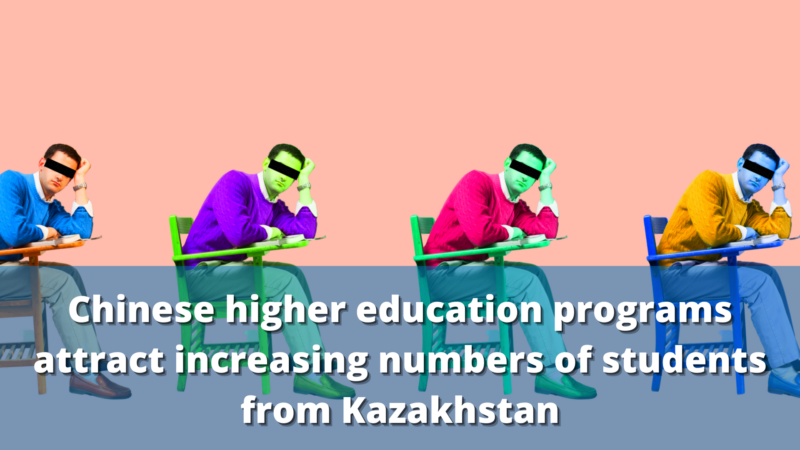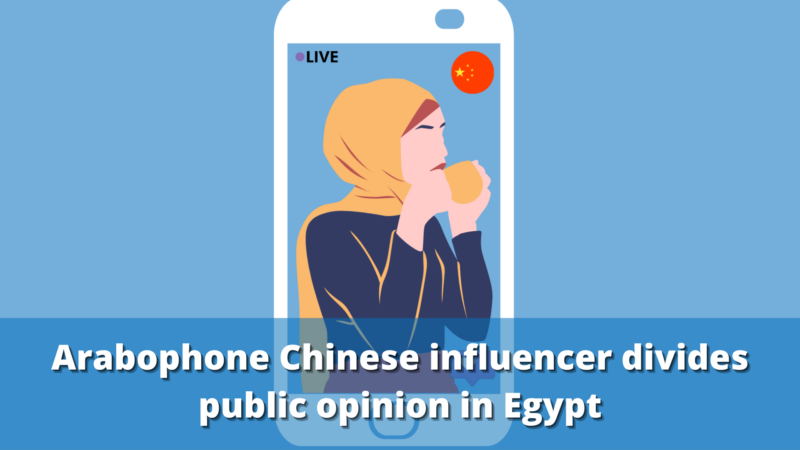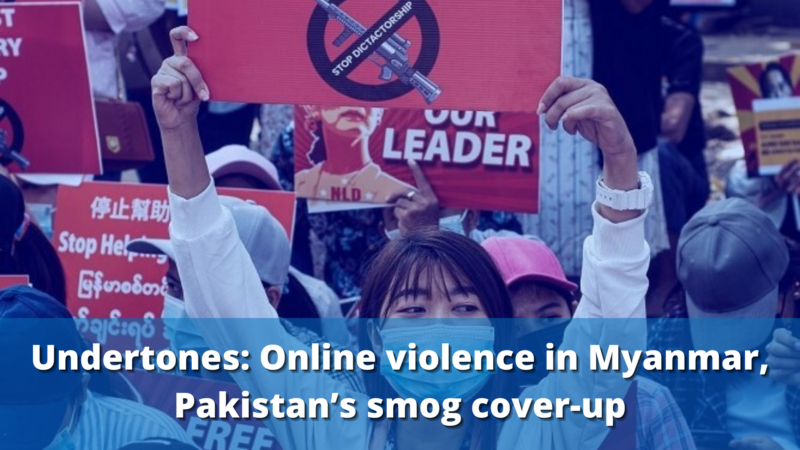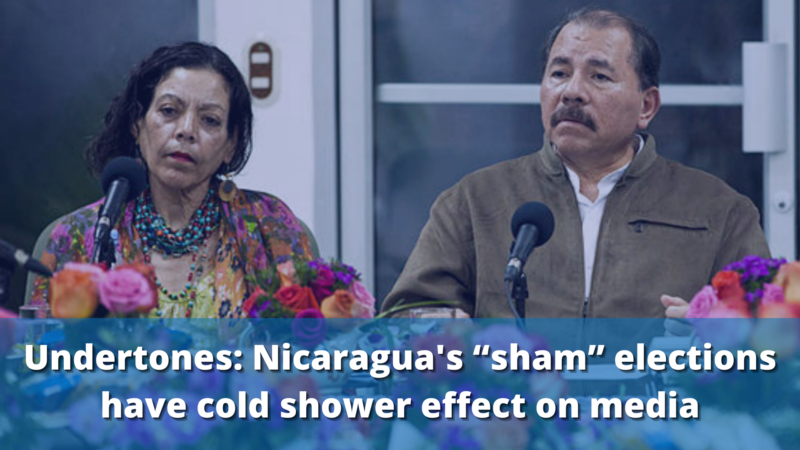
2021 was a big year for the Civic Media Observatory. Here’s a recap of our work.
What do we do at the Civic Media Observatory?
✔️ We identify and analyze how people construct and share narratives in media
✔️ We explain the context and subtext underlying these narratives and media items
✔️ We evaluate the impact of media items on society using a scorecard [1]
✔️ We share the results of the research on a public database [2], through Global Voices stories [3], and a newsletter [4]
Observatory in numbers
While Observatory work is focused on deep qualitative analysis of narrative frames and media items, it’s also interesting to view the work produced from the observatory in numbers. This year, we have:

Here’s an overview of our 2021 projects:
China’s Belt & Road Initiative: Deal or steal?
As China expands and advances its interests as a global power, we analyzed the ways in which Beijing wields its influence in other countries.
Our researchers identified and analyzed media items based on narratives such as “The BRI provides genuine benefits to partner countries,” “Other countries must stand up to China,” or “Chinese interventions and projects in other countries damage the environment.”
Researchers have produced 37 stories to date based on their analyses. Here are a few:
 [6]
[6]  [7]
[7]  [8]
[8]
A clash of narratives: National identity and violent conflict in Ethiopia
In 2020 and 2021, Global Voices explored competing visions of Ethiopia’s national identity—long-standing conflicts that exploded into violence during the period we were pursuing our research.
The resulting report on Ethiopia’s media ecosystem [11] documents narratives of national and ethnic identity, Tigray conflict, Oromo nationalism, and significant shifts in political alignments.
The dataset [12] contains 336 media items and includes over 170 media sources, including editorial media, social media, other online media, and offline media. Media sources also include a range of popular broadcasters, news outlets, and prominent social media channels. View the stories [11].
Our key observations include:

- Narratives shift in response to significant events, especially around the Tigray conflict;
-
The Ethiopian media infrastructure is fragile and depends on governmental authority;
-
Diaspora media, including on social media, appear to have a significant impact on media in Ethiopia.
View the full report [13]
Country observatories
In 2020-2021 we ran country-level observatory projects in Bolivia, Brazil, Haiti, Venezuela, India, and Myanmar, with a major focus on elections and crises of legitimacy.
In the case of Myanmar, the crisis around the general elections provoked a coup that has resulted in a military dictatorship. We covered these events in three special coverage sections:
- Myanmar elections 2020 [14]
- The junta seizes Myanmar again. Will democracy prevail? [15]
- Myanmar's Spring Revolution [16]
In November 2021, we launched new observatories in India [17], Pakistan [18], Myanmar [19], Russia [20], Nicaragua [21], and Afghanistan [22]. Mali, Bangladesh, and Turkey will be added in 2022. This new collection of observatories features our first continuously updated public dataset [23].
This dataset enables people interested in the Observatory research to engage with deep analysis of media items, narratives, themes, and people and entities of interest across all active observatories.
Climate change narratives in Bolivia
We are running observatories to support the participation of Indigenous reporters in media and information literacy activities.
The first project will explore narratives related to climate change in Bolivia’s environmentally vulnerable Gran Chaco region, looking at differences in the representation of various groups’ perspectives and narratives in the media.
Representatives of Indigenous communities and other historically marginalized populations in Bolivia will participate in a media ecosystem mapping project and workshops in 2022.
Thank you to our donors!
The Observatory is supported by multiple sources, including grants and contracts from the BBC Media Action, the MacArthur Foundation, and the National Endowment for Democracy, as well as gifts from Facebook (now Meta) and individual donors.



